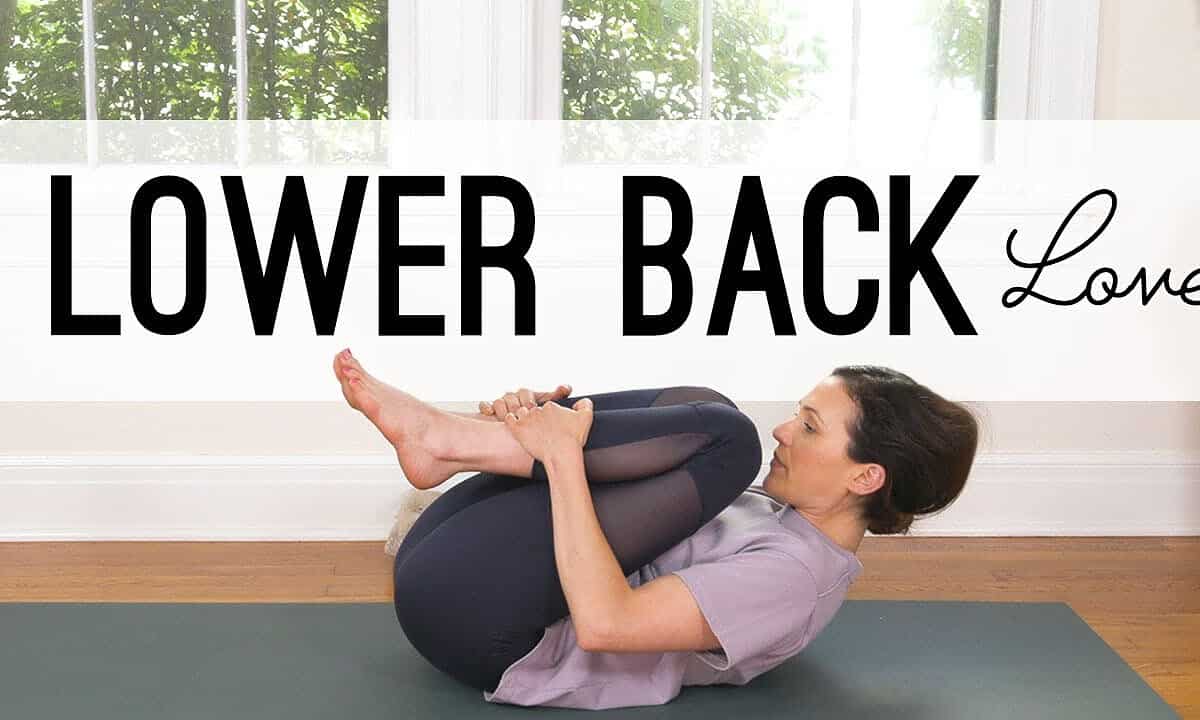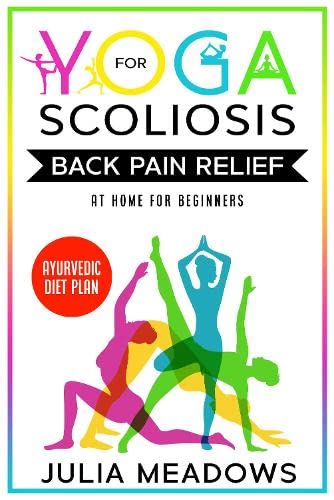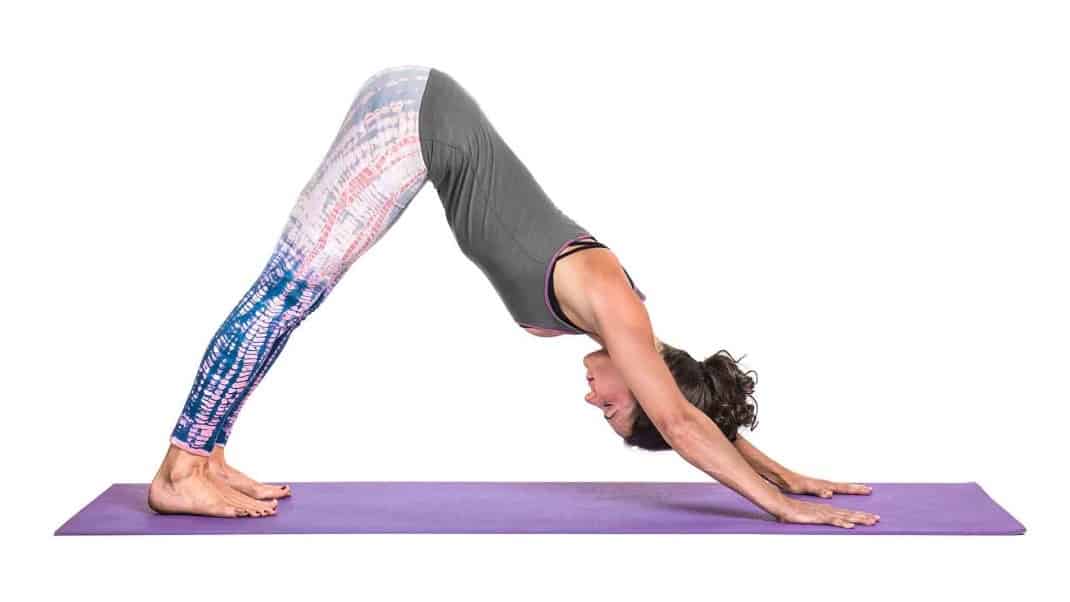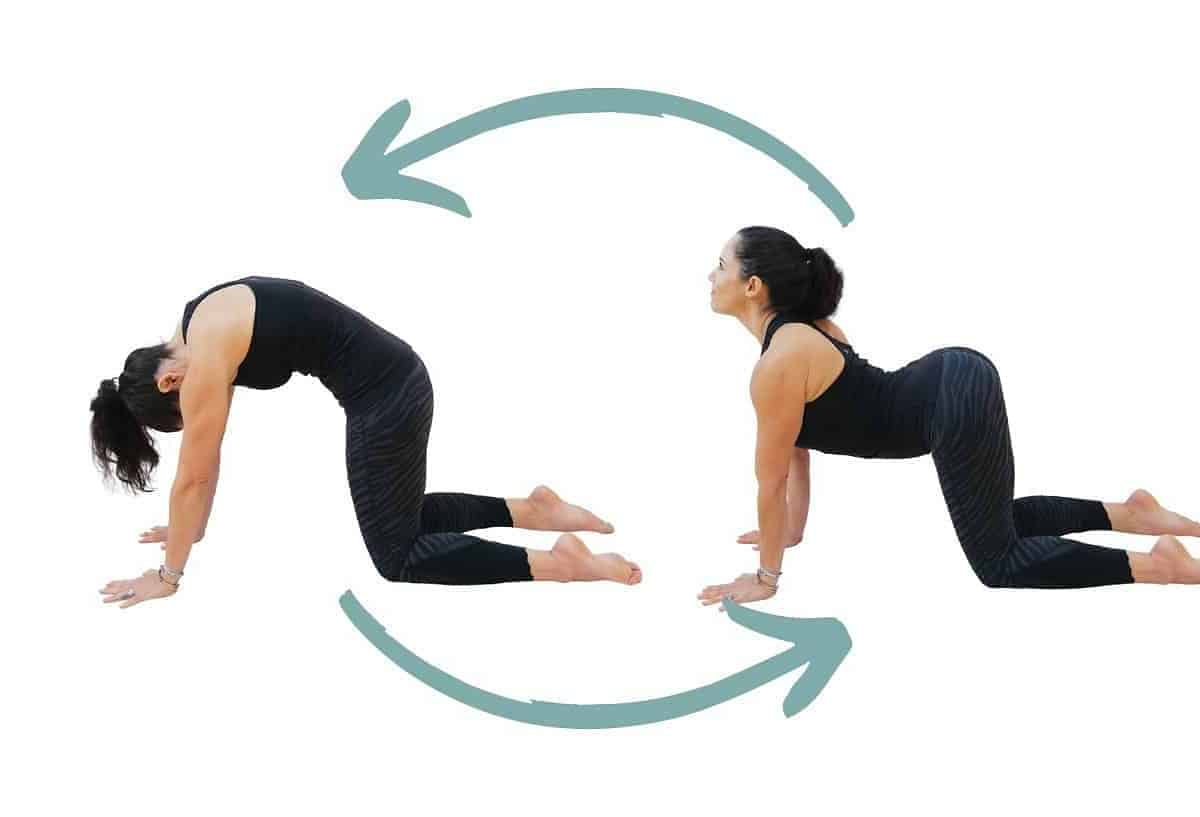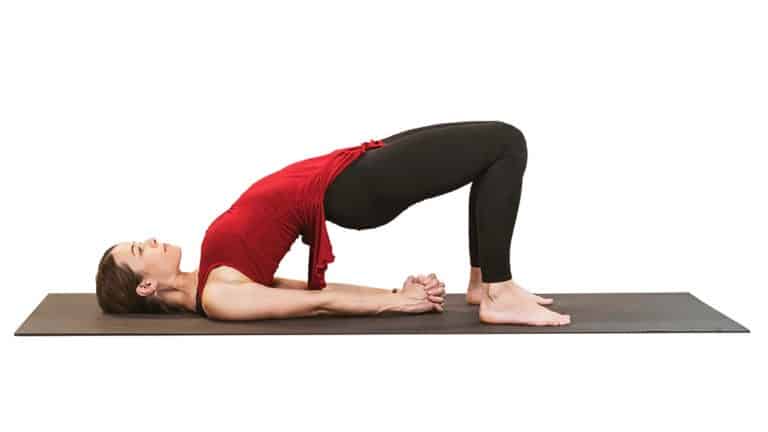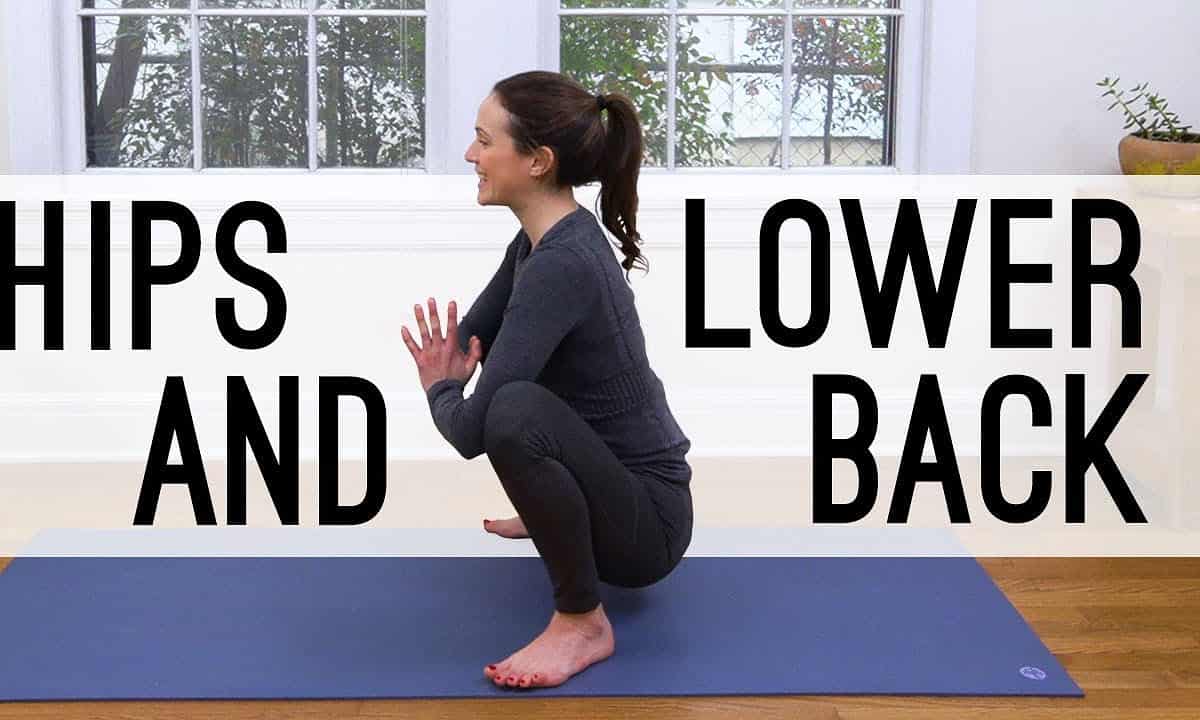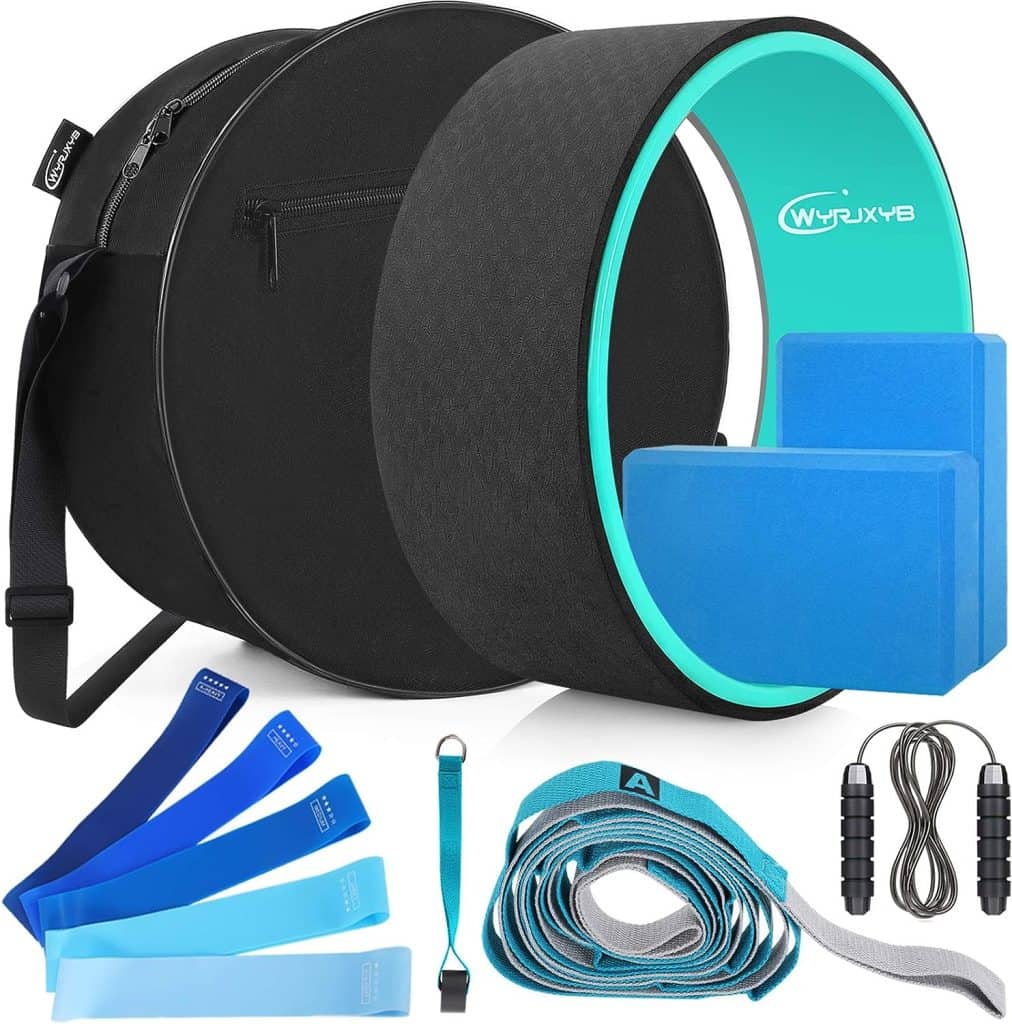In this article, we will explore various yoga for the lower back and hips, along with tips for practicing safely and precautions to consider. By following these guidelines, you can effectively manage and alleviate pain in these areas, promoting overall well-being and flexibility.
If you’re experiencing discomfort in your lower back and hips, incorporating yoga into your daily routine can provide significant relief. Yoga offers a multitude of benefits, including improved flexibility and mobility, strengthening of core muscles, and increased blood flow and circulation.
Benefits of yoga for lower back and hips
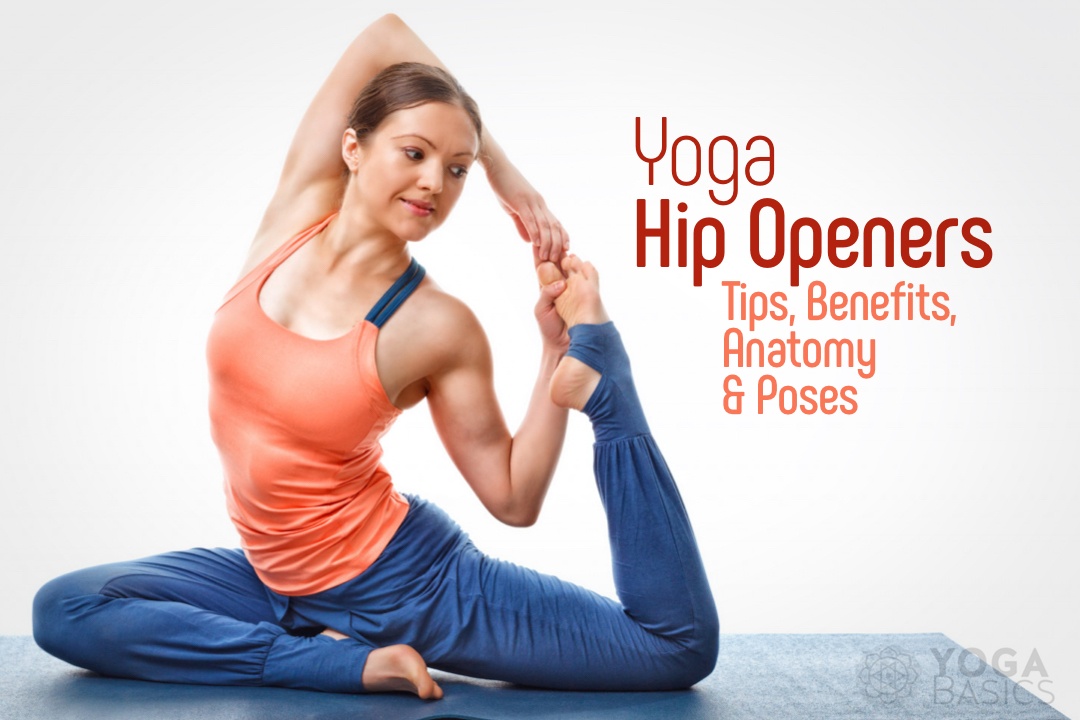
Improved flexibility and mobility
One of the primary benefits of practicing yoga for lower back and hips is improved flexibility and mobility. Yoga poses gently stretch and lengthen the muscles in these areas, helping to release tension and tightness. By regularly practicing yoga, you can gradually increase your range of motion, making everyday movements easier and more comfortable.
Strengthening of core muscles
Yoga also focuses on strengthening the core muscles, including the muscles in the lower back and hips. A strong core provides stability and support to the spine, reducing the risk of injury and improving posture. By engaging and strengthening these muscles through yoga poses, you can alleviate strain on the lower back and hips, leading to reduced pain and discomfort.
Increased blood flow and circulation
Practicing yoga stimulates blood flow and circulation throughout the body, including the lower back and hips. Improved circulation helps deliver essential nutrients and oxygen to the muscles, promoting healing and reducing inflammation. By increasing blood flow to these areas, yoga can alleviate pain and stiffness, allowing for greater comfort and mobility.
Yoga poses for lower back and hips
Child’s Pose
Child’s Pose is a gentle and relaxing pose that stretches the lower back and hips. Start by kneeling on the floor, then sit back on your heels and lower your torso forward, resting your forehead on the mat.
Extend your arms forward or alongside your body, whichever feels more comfortable.
Hold this pose for several breaths, allowing your lower back and hips to release tension and relax.
Downward Facing Dog
Downward Facing Dog is a popular yoga pose that stretches the entire body, including the lower back and hips.
Begin on your hands and knees, then lift your hips up and back, forming an inverted V shape with your body. Press your hands firmly into the mat and lengthen your spine, allowing your heels to reach towards the ground. Hold this pose for several breaths, feeling the stretch in your lower back and hips.
Cat-Cow Pose
Cat-Cow Pose is a gentle flowing movement that helps to warm up and mobilize the spine, providing relief to the lower back and hips. Start on your hands and knees, with your wrists directly under your shoulders and your knees under your hips.
Inhale, arch your back, and lift your chest and tailbone towards the ceiling, creating a gentle backbend (Cow Pose). Exhale, round your spine, tuck your chin towards your chest, and draw your belly button towards your spine (Cat Pose). Repeat this movement for several rounds, syncing your breath with the movement.
Bridge Pose
Bridge Pose is an effective pose for strengthening the lower back and hips. Lie on your back with your knees bent and feet flat on the floor, hip-width apart. Press your feet into the mat, engage your glutes, and lift your hips towards the ceiling.
Interlace your hands underneath your body and press your arms into the mat for support. Hold this pose for several breaths, feeling the activation in your lower back and hips.
Pigeon Pose
Pigeon Pose is a deep hip opener that targets the outer hips and glutes, providing relief to the lower back and hips. Begin in a high plank position, then bring your right knee forward and place it behind your right wrist. Extend your left leg straight back, keeping your hips square.
Slowly lower your upper body towards the mat, resting on your forearms or forehead. Hold this pose for several breaths, then repeat on the other side.
Tips for practicing yoga for lower back and hips
Listen to your body
When practicing yoga for lower back and hips, it’s essential to listen to your body and honor its limitations. Avoid pushing yourself too hard or forcing any poses that cause pain or discomfort. Modify or skip poses that don’t feel right for your body, and always prioritize your well-being.
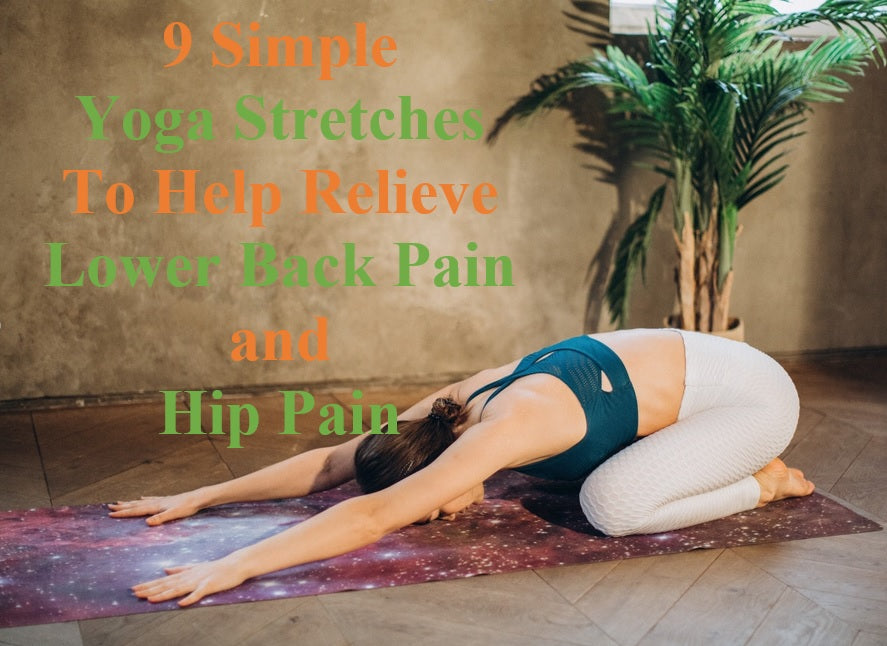
Use props for support
Props such as blocks, blankets, or straps can provide additional support and stability during yoga practice. Utilize these props to modify poses and make them more accessible for your body. For example, placing a block under your hips in Bridge Pose can alleviate strain on the lower back and hips.
Modify poses as needed
Feel free to modify yoga poses to suit your individual needs and abilities. If a pose feels too intense, try using a prop or adjusting the position of your body to find a more comfortable variation. Remember, yoga is a personal practice, and it’s essential to adapt it to your unique circumstances.
Precautions and considerations
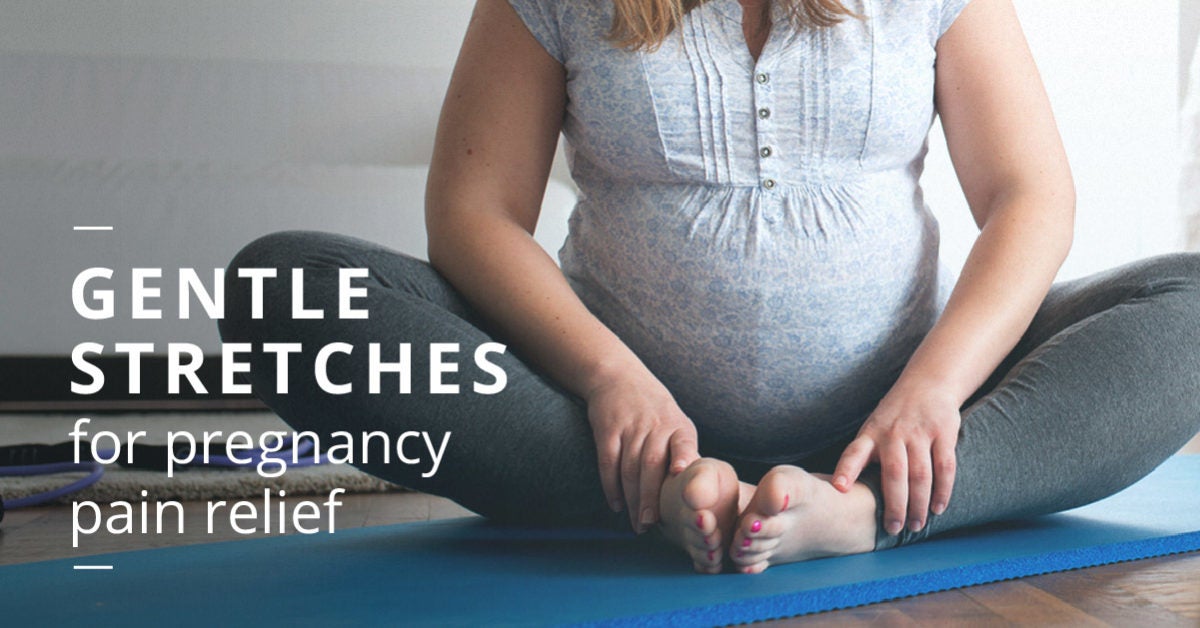
Consult with a healthcare professional
Before starting any new exercise regimen, including yoga, it’s advisable to consult with a healthcare professional, especially if you have pre-existing conditions or injuries. They can provide personalized guidance and ensure that yoga is safe and suitable for your specific situation.
Avoid overstretching or pushing too hard
While yoga can be beneficial for the lower back and hips, it’s crucial to avoid overstretching or pushing your body beyond its limits. Respect your body’s boundaries and avoid forcing yourself into deep stretches that may cause pain or injury. Gradual progress is key to a safe and effective yoga practice.
Be mindful of any existing injuries or conditions
If you have any existing injuries or medical conditions affecting your lower back or hips, it’s essential to be mindful and adapt your yoga practice accordingly. Certain poses may need to be modified or avoided altogether to prevent further discomfort or aggravation. Always prioritize your health and well-being.
Incorporating yoga into your daily routine
To reap the full benefits of yoga for your lower back and hips, it’s recommended to incorporate it into your daily routine. Start with shorter sessions and gradually increase the duration as you become more comfortable and confident. Consistency is key, so aim for regular practice to experience the positive effects of yoga on your overall well-being.
Conclusion
Yoga offers a holistic approach to alleviate lower back and hip pain, providing numerous benefits such as improved flexibility, strengthened core muscles, and increased blood flow. By incorporating specific yoga poses into your routine, listening to your body, and practicing with caution, you can effectively manage and reduce discomfort in these areas.
Remember to consult with a healthcare professional, use props for support, and modify poses as needed. With dedication and mindfulness, yoga can become a valuable tool in your journey towards a healthier, pain-free lower back and
Originally posted 2023-07-26 10:05:07.

